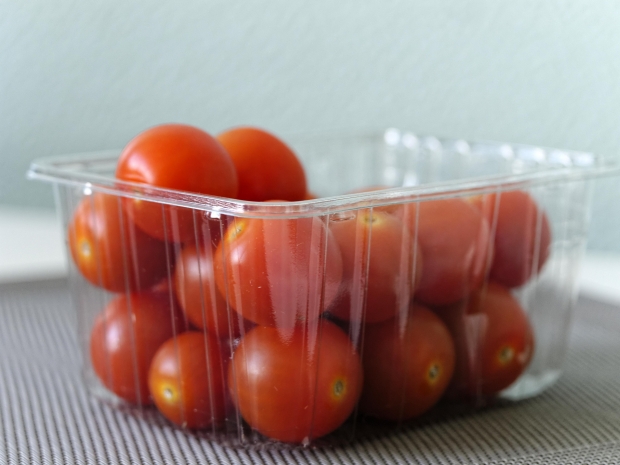
 Loading... Please wait...
Loading... Please wait...Save Money. Grow Your Own!
Fast Plain Box Shipping.
We ship to the US & Canada.
Posted on 8th Jan 2016
One of the things that you have to think about as a grower is that you have to keep your system clean and sanitary for subsequent plant cycles. But how is this done? Growers have their own techniques and strategies, but lots of them follow common guidelines and rules. Here are some of basic steps involved in maintaining and cleaning a hydroponic reservoir.
Cleaning is important in order to keep plants in a good environment that's resistant to disease. Without this kind of maintenance, plants can become stressed or get infected with various kinds of bacteria.

Collect Resources
You want a good supply of hot high-quality water and some hydrogen peroxide and/or rubbing alcohol. Lots of growers don't recommend bleach, because it leaves a kind of plastic residue behind that can harm plants or even people.
Wipe Down pH and Total Dissolved Solids Testers
You can get readings for pH and TDS with these tools, but be sure to sanitize them in between readings so as not to cross-contaminate systems.
Protect Electrical Equipment
Growers will often take out pump parts, thermometers, air stones and other gear before wiping down or cleaning the system. In some cases, they will put tape or other coverings on certain pieces of the system such as thermostat parts, in order to prevent them from being exposed to a cleaning mist or cleaning solution.
Take Stray Plant Matter Out
Take plant pots out and make sure that all plant matter is gone. Soak the plant pots separately. Scour the grow area for any debris or organic matter that has to be taken out. Leaving dead plant matter or debris in the grow area can compromise sanitation and lead to disease.
Wipe Down, Spray or Mist with Hydrogen Peroxide Solution
Go ahead and apply diluted hydrogen peroxide or some other cleaning solution to the surfaces in the grow system. A strong hydrogen peroxide solution will help you to scrub away things like algae and slime, as well as hard water or salt buildup.
Flush the System
Empty the reservoir and replace it with clean, fresh water. Make sure to use distilled or high-quality water and not just ordinary tap water which can have various contaminants.
Look for Signs of Pythium or Bacterial Infection
You may have to also pull some plants during a plant cycle. If there is a specific plant or plant that has brown or slimy roots, it might have a bacterial disease called pythium. You might have to take it out to protect the other plants in the system. Do a regular inspection for these signs of bacterial infection.
These are just basic steps to keep ahead of grow box maintenance. For more check out all of the resources on Dealzer to help you to grow better today!